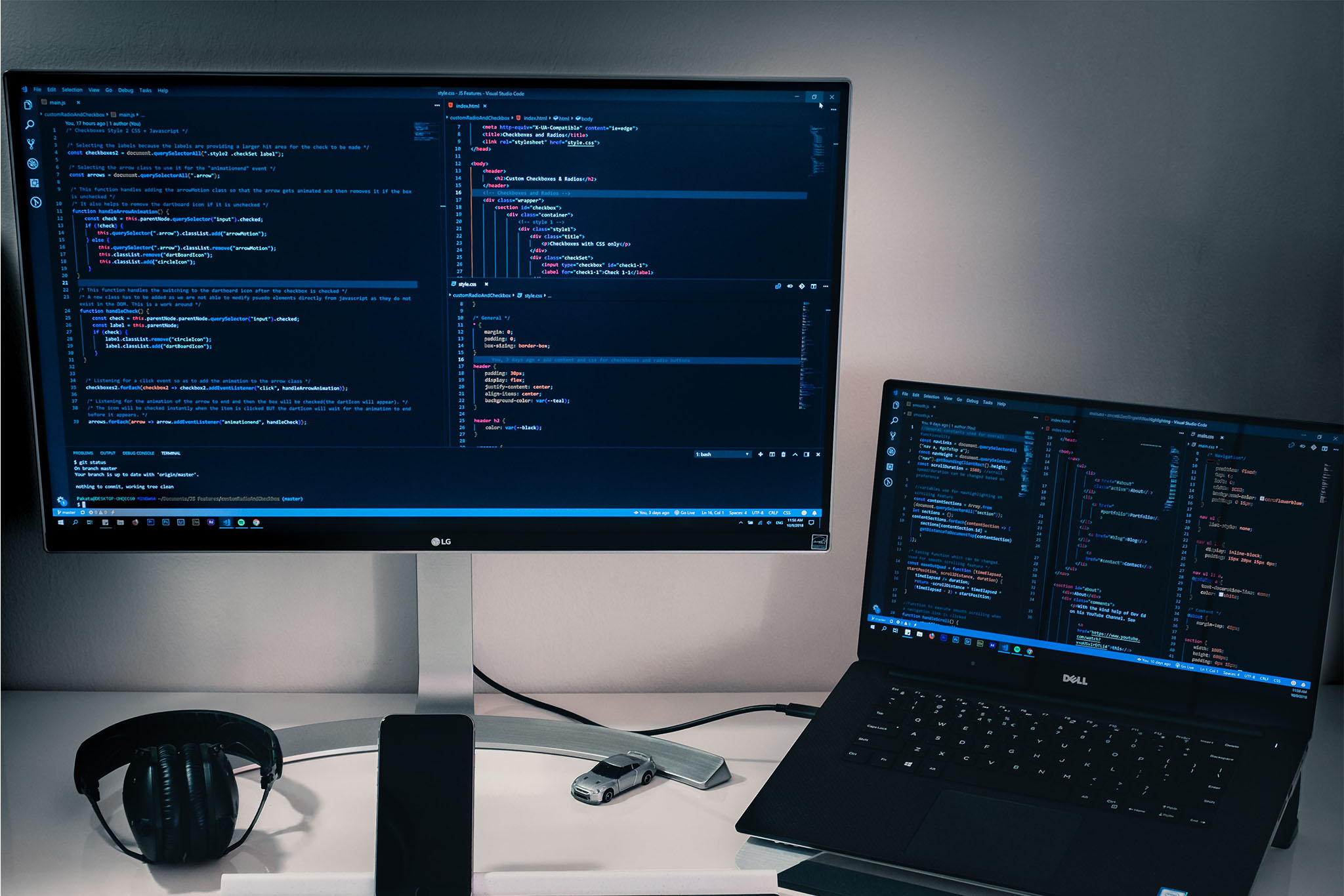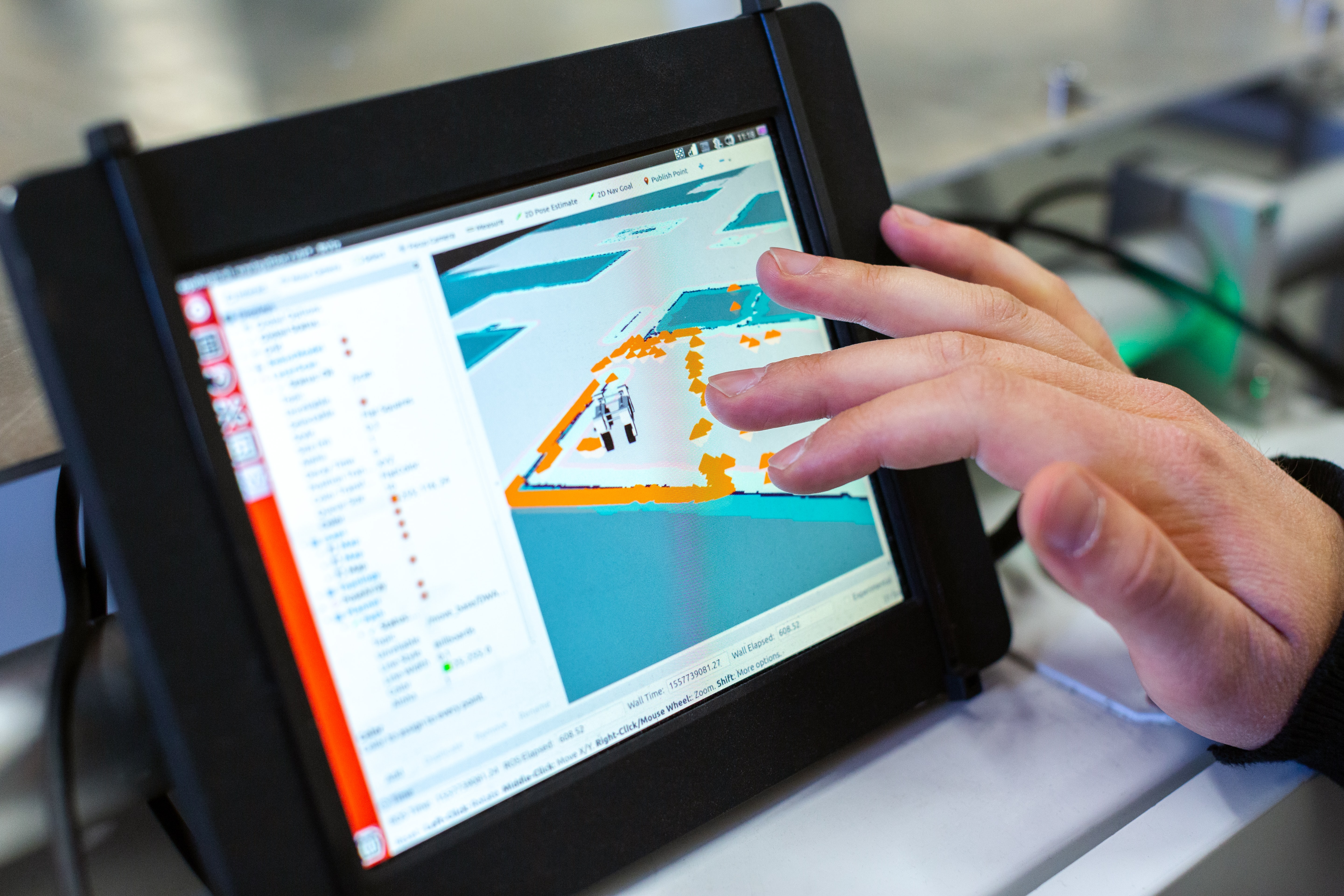Software Applications
Enterprise wide growth and strategy to deploy efficient personnel is a vital standpoint in today’s Organizational objectives. Juggernaut brings with it an indigenous and integrated platform of products and services for a genre of Enterprises. We aspire to deliver high Quality, Timely, and Cost Competitive practices to our Clients spanning across industry verticals.
Juggernaut solutions is a visionary Organization that strives for service excellence while consistently keeping an eye on its biggest asset…” The Client”. Based out of Bangalore, India, our services are engineered with over decades of experience in providing Clients the best possible outcome for the return on investments of the clients.
Our footprint in Financial, Telecom, Engineering, Science & Pharmacy, ITES & BPO, and IT practice sectors gives us a chance to thoroughly understand and reach-out to specific requirements which are vital in our Client’s business continuity.
The essential characteristics that outline our business are “Time bound” program management methodology, Thought Leadership, and Commitment that still be fundamentals to the way we operate.
Virtual Classroom
When you do an enquiry of what a virtual classroom is strictly , you encounter a good sort of definitions. Few of them relate to the course materials, tests, homework, virtual classroom and assignments that are typically utilized in self-paced (asynchronous) learning. However, all of these activities are external to the classroom experience. That is why the definition of a virtual classroom should be associated with synchronous online learning, which happens in real time and provides the participants with an experience very close to traditional face-to-face teaching.
A virtual classroom is a web learning environment that permits for live interaction between the tutor and therefore the learners as they're participating in learning activities.
In other words, the virtual classroom is a shared online space where the learners and therefore the tutor work together simultaneously. Usually, these interactions take place through videoconferencing. The participants have tools to present learning content in several formats, also on implement collaborative and individual activities.
The most common tools you can find in a virtual classroom are:
- Videoconferencing
- Online whiteboard for real-time collaboration
- Instant messaging tool
- Participation controls
- Breakout rooms
Virtual Classroom with teacher and students
Synchronous virtual classrooms have the potential to supply learners as they relate to social interaction and psychological safety. They can also create a replacement standard within the learning experience that goes above and beyond the physical space of the classroom and traditional teaching methods.
The virtual classroom provides an abundance of opportunities, especially when combined with self-study platforms (learning management systems) or when utilized in addition to traditional classroom learning activities. Unlike asynchronous learning environments, the synchronous virtual classroom allows for fast feedback, direct teacher-student interaction, and interesting activities to extend motivation and active participation. Immediate communication favours relationship building within the group, also as a way of community.
Although teaching and learning in a virtual classroom provide an experience similar to the physical one, it requires new pedagogical approaches and a redesign of the instructional model that includes the following characteristics:
- Virtual Classroom’s high Interactivity
- Collaborative Learning
- Student-Centered Instruction
- Variety of Content Presentation and Learning Activities
- Psychologically Safe Environment
- Positive and Constructive Feedback
Virtual Classroom’s High Interactivity
Training during a synchronous virtual classroom can only achieve success with the active participation and engagement of the learners. This creates a positive learning environment and helps the participants achieve the expected outcomes. During a virtual class there should be enough opportunities for frequent interaction between learner and tutor, learner and other learners, and learner and content. Over the course of the virtual session, the tutor should encourage the scholars to participate every 3-5 minutes. this will be achieved by a selection of activities like brainstorming, small conference, collaborative and individual tasks, Q&A sessions, hands-on experience, etc.
Student -Centred Instructions
The lecture, which may be a classic teaching format, often makes students more passive because the focus is on the content and therefore the students must work independently with little opportunity for collaboration. This approach to the virtual teaching – the tutor creates video lectures and self-directed activities, which the learners cover at their own pace. Student-centred instructions during which the learners and thus the tutor interacts equally – active participation, communication and collaborative work are encouraged during this type of classroom. The tutor creates opportunities for both independent learning and learning from each other, and guides the learners in developing and practicing the talents they have. This increases the motivation level of the learners, also as their interest within the learning activities.
Variety of Content Presentations and Learning Activities
This approach is said to differentiated instruction, which takes into consideration the differences within the needs, levels, and learning sorts of the learners. It favours the creation of a more personalized learning experience and individual success. When an educator uses various sources to present the content – text, images, diagrams, audio, video, etc. – this will greatly improve the training process by providing a versatile learning experience that's tailored to the varied needs and preferences of the scholars. Presenting the content through various kinds of media retains the attention and interest of the learners.
Blending different kinds of learning activities within one virtual session also creates opportunities to satisfy a wider range of the wants of the students. Switching between individual work, small group collaboration, and sophistication discussions addresses the precise learning preferences of all of the scholars – either to figure alone, to interact with the others, or to precise themselves ahead of a bigger group.
Collaborative Learning
Collaborative learning means the learners work together to know a typical goal, exchange views, clarify the meaning of concepts, or solve problems together. It creates opportunities for cooperation in skills development. the stress is placed on interaction during which common understandings are subject to discussion and are developed precisely through exploring the differences within the participants’ level of data, skills, and positions. Applied within the virtual classroom, this approach is said to an active process of the collective construction of knowledge using the group as a source of knowledge, a motivational agent, and a way of mutual support.
Psychologically Safe Environment
virtual classroom Interactions can create the sense of a more informal and safer emotional environment because the learners usually participate from the comfort of their homes. the training process is far more focused due to the absence of the standard physical distractions that are found within the conventional classroom.
Psychological safety results in better learning outcomes. It also fosters creativity, confidence, and a willingness to experiment on a part of the learners. The teacher can enhance the psychological safety of the learners and make things more personalized by adding options for self-directed learning, also as by communicating more frequently with every student through a Learning Management System.
Positive and Constructive Feedback
Unlike asynchronous virtual platforms, the synchronous virtual classroom allows for immediate feedback from both the tutor and therefore the other participants in both a private and a general way. The key role of the tutor here is to form an environment of regeneration by guiding the group’s interaction. the necessity for feedback, which acknowledges the positive aspects of the learners’ performance and provides valuable comments and proposals for improvement, benefits the education and progress of the scholars. It also builds the habit within the group of trying to take care of a positive and constructive tone. All of those factors are vital in assisting the learners to beat their mistakes without feelings of negativity, also as by fostering confidence and galvanizing them to realize their full potential.
ERP & CRM
Enterprise resource management provides better business performance with these great benefits:
Workflow Visibility and Streamlining
Before ERP systems, coordinating between multiple worksites took a lot of time and effort. If you wanted updates on a specific part of your business, you had to call or visit the site physically. Large corporations with national and international locations alike had to figure around time zones. And if there was an issue with one of your production partners abroad, it could set back your entire business while you made endless phone calls and site visits.
Fortunately, ERP systems revolutionized workflow visibility. Now, even when you’re in your office headquarters, you can open a common database from your ERP suite to get real-time details about what’s simultaneously happening at your manufacturing plants abroad and distribution centres right at home.
- Actively tracks and manages customer information.
- Connects your entire team from any device.
- Intelligently captures customer emails.
- Simplifies repetitive tasks so you can concentrate on leads.
- Delivers instant insights and recommendations.
- Extends and customises as your business grows.
Why CRM matters?
- CRM helps you ditch clunky processes and manual effort so you'll get on with business.
- CRM find more leads, and helps in closing of more deals as well to keep more customers and grow your business.
- One place to store all customer information means your conversations are always personal, relevant, and up so far.
Business Intelligence and Data Analytics
In order to run your business, your decision-making needs to be guided by accurate data. ERP solutions use business intelligence (BI) tools to supply data collection, analytics, and reporting methods. There are even ways to analyse data in real-time to make instant changes to your production processes.
Or put your data into customized reports. Present these reports to big shareholders, business partners, or your team to stay everyone informed of key performance indicator (KPI) metrics.
Scheduling Solutions
Scheduling tools are a highly customizable a part of ERP solutions. You can organize when workers come in for shifts, when inventory is delivered, and when your factories undergo maintenance. Then coordinate each schedule into one calendar so all of your departments and provide chain partners stay an equivalent page.
Cross-Department Collaboration
The more departments your company has, the more important it is to manage internal communication practices to avoid mistakes. And if your company has locations all over the world, you need a way for everyone to stay in contact across time zones and language barriers. A miscommunication between your raw material supplier and distribution centre can lead to costly inventory errors. ERP communication tools organize scanned documents, files, emails, texts, and call recordings. There are even private, internal channels for fast communication.
You can also use customer relationship management (CRM) tools to schedule external customer interactions, like quote follow-ups and lead tracking.
Risk Management and Data Security
Protecting your company from fraudulent practices is more important than ever in the digital age. If your business operates online in any way, you can be at risk. Real-time risk management tools allows the company additional security by performing automated audits and fraud monitoring.
Your company handles a lot of sensitive data. Using a single ERP system provides security by keeping all of your important documentation and communication in one place. You can also cut down on data duplication by keeping all your information within one cohesive system.
Customizable Solutions
Every company has to factor in some unique variables in their operations. Does your business work with international companies? Do you regularly need to submit official documents to government entities? Does your marketing department target audiences across social media channels? Good news: there are ERP software’s with custom modules to fit your exact business needs!
The latest trends include artificial intelligence computing and the Internet of Things (IoT) solutions.


